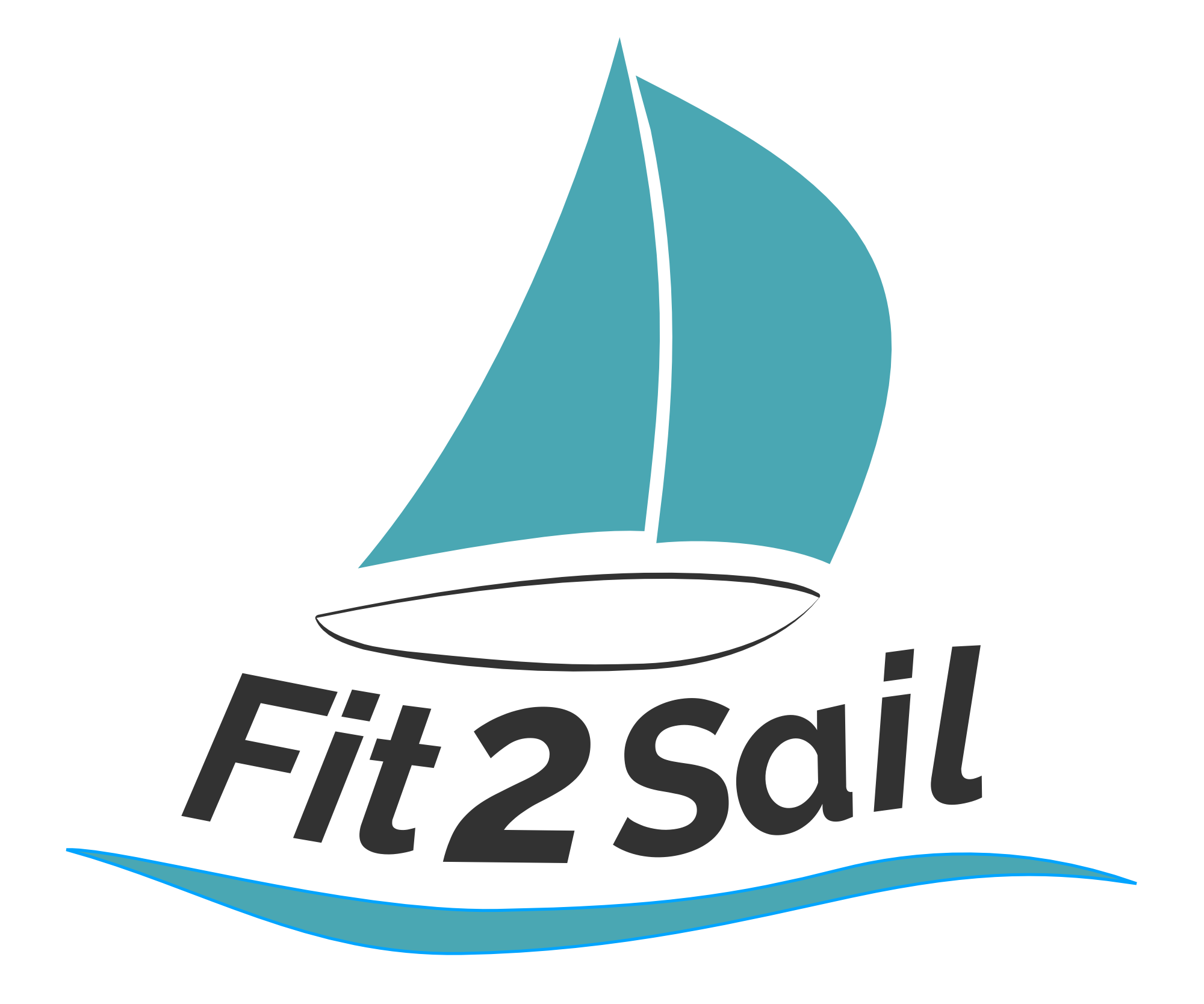The Soup-to-Nuts Kind of Provisioning
When I taught my last class on provisioning at Cruisers University, one of the people in the class had a different idea than everyone else. He wasn’t concerned with the initial stock up but with what you do for groceries when you’re not in your home port.
It made me think about the two kinds of provisioning, one of which I’ll talk about here.
There’s the initial “buy all the things.” This is what a lot of people mean when they say “provisioning” - and it can feel daunting. After all, you’re trying to anticipate your needs for as long as you’re going cruising, balanced with your lack of storage space and (semi, anyway) realistic understanding that you can’t buy all the food you will need for the rest of your life.
This is the “soup to nuts” provisioning. (Side note. Where did that term come from? How about appetizers to cheese course?)
This is kind of what people did when they were thinking of Y2K, when they thought the turn of the clocks to January 1, 2000 was going to kill every computer known to man because nobody could conceive of the turn of the century as being a real thing when computers were created. (Did I just date myself? Oh well.)
This kind of provisioning involves a lot of lists, a lot of organization, a lot of hand wringing.
You’re thinking about how long you can go between sources of the coffee beans you like. Trying to decide if you really need that vacuum sealer (or do regular ziplock bags work just fine?) Worrying about how many jars of tomato sauce you have, or if the pasta will last.
You’re taking advantage of knowing the stores around you and having access to a car. You’re filling up every single nook and cranny of the boat with things like chocolate chips and flour and CheeseIts crackers and cans of pineapple. You’re counting on birthdays and bad days and “gotta have muffins just because” days.
At this point in your cruising career (can we call it that?), you only know what you know. You know the ingredients and things you like, and you know the stores where you shop. Heck, you know the route in a car to the shops you like to frequent.
Plus, it is very likely you have access to a dock (and maybe even a dock cart!) from which to load all that stuff.
What makes this kind of loading up different than your regular, every day grocery shopping anyway? A few things.
You’re likely starting from scratch. In a house, you’re only supplementing, not starting over. On the boat, you’re making sure you have EVERY SINGLE THING YOU NEED.
You can’t just run out and get the little thing you forgot. Once you leave the dock, you’re kind of on your own (not totally - unless you’re doing an around-the-world-without-stopping jaunt). The pressure not to forget the toothpaste is real.
Who shares their regular grocery shopping on social media? Find a blog or YouTube channel of a sailing crew, and you’ll likely find a reference to provisioning. They either make it look ridiculously complicated (take off every single label, varnish the can after soaking it in bleach to kill bug eggs, create a massive spreadsheet to know where you’re putting everything, visit 6 different stores to save $.05 on three items . . . you get the (exaggerated only a tiny bit) picture) or they make it look ridiculously simple (we’re leaving for 4 months at sea this afternoon! No list! Let’s just go to the store!). Either way, as a first time provisioner, it’s easy to find evidence that you’re doing it all wrong. Last I checked, nobody does this with their grocery shopping on land.
If I can give you one piece of advice on this kind of provisioning, it’s to breathe. Relax. You really and truly can do this.
Figure out what you like to eat.
Make sure you can make it on the boat.
Store a lot of the ingredients.
One last thing. Don’t forget the toothpaste.
(want more detail on the provisioning question? Join my class at Cruisers University, or get on the waiting list for my online course on the subject, launching just as soon as I get all the last modules prepped and ready to go! Drop me an email to join the list!)



